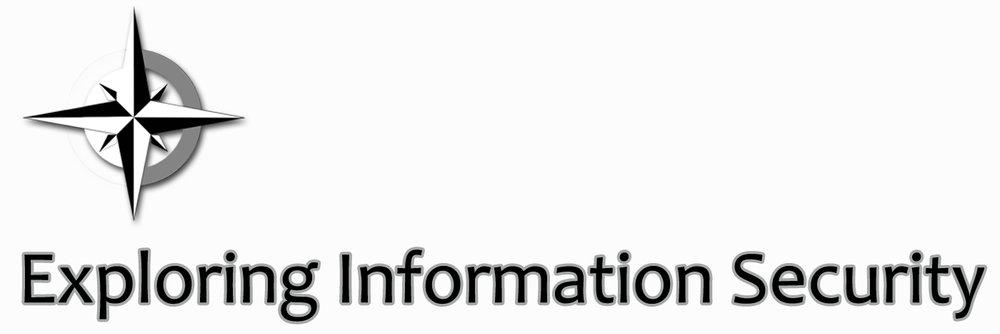If you ever wanted to know a little bit more about the inner workings of British television, here's a paper I wrote for my British Contemporary Television class I'm currently taking:
Public Service Broadcasting (PSB) in the United Kingdom (UK) was first introduced with the creation of the British Broadcasting Company back in the early 1920s. The government created entity was considered ‘a public utility’ that was created as a national service in the public’s interest. Though the service was created by the government it would be committees that would help mold and shape what the BBC and future PSBs stations would become. To that effect one of the first reports to come out of the committee “rejected direct government control,” and instead argued for indirect control (Scannell, pg. 46-47). What this meant was that the government wouldn’t dictate or control what was broadcast, but instead would have an influence over what was broadcast in the best interest of the nation. Today PSB includes several different television channels. The BBC (One, Two, Three, etc.), ITV and Channel 4 make up the majority of viewership in the UK. The publicly funded BBC has the largest share, followed by the commercially funded ITV and then the publicly owned Channel 4. Other channels like the satellite service Sky and the free-to-air Five make up a very small portion of the viewership (Benson & Powers, pg 54).
Universally, there are two ways in which a broadcasting is typically financed: taxation and advertising (Scannell, pg. 46). Both ways of financing are used by stations under the PSB model. The BBC, started in 1920, uses taxation through license fees, revenue from it’s foreign services (BBC Worldwide) and grants from the Foreign and Commonwealth Office (Benson & Powers, pg. 55). ITV, created in 1950, on the other hand uses advertising to help finance its programming. Despite being commercial it still has to adhere to the governments PSB standards. Channel Four was created, in 1980, because a duopoly had emerged between the BBC and ITV and the Annan Committee wanted to create a wider range of programmes for minorities and those whose interests were being under-represented by the other channels (Scannell, pg. 51-53). It’s largely funded through commercial shares (Benson & Powers, pg. 54).
The state department that oversees the PSB system is Ofcom and is the equivalent of the U.S. Federal Communications Commissions, otherwise known as the FCC (Benson & Powers, pg. 57). What Ofcom does is provide the PSB channels guidance on policy, as well as monitor compliance with program quality standards (Benson & Powers, pg. 55-57). Ofcom’s criteria includes four purposes and seven characteristics for channels to represent in the programs it broadcasts. “The four purposes reviewed are: informing our understanding of the world; stimulating knowledge and learning; reflecting UK cultural identity; and representing diversity and alternative viewpoints.” The characteristics of the system include: high quality, original, innovative, challenging, engaging, widely available and trust. To assess these areas an audience survey to evaluate audience opinions, broadcaster spending and output and viewing data are all reviewed. Recently under the Digital Economy Act of 2010, the review has been extended to include online content(Ofcom Report 2011, pg. 2-3).
PSB in the UK is a government run system, however, the government does not have direct control and instead relies on committees and regular reviews by Ofcom to ensure that television stations are adhering to a service that benefits the country. Funding is provided by both the government and more commercialized means, whether through advertising or the licensing of it’s content to other nations around the globe. Though it may feel like the government or advertisers could influence content on these stations, the set of standards in place, monitored by Ofcom, help the PSB system provide quality content to it’s viewership in the UK.
References
Rodney Benson and Matthew Powers. “Public Media And Political Independence: Lessons For The Future of Journalism from Around the World.” Department of Media, Culture and Communication. New York University. February 2011. Web. 14 February 2014. http://www.freepress.net/sites/default/files/stn-legacy/public-media-and-political-independence.pdf
Paddy Scannell. “Public Service Broadcasting: The History of a Concept.” Web. 14 February 2014. https://blackboard.sc.edu/bbcswebdav/pid-7458102-dt-content-rid-11363817_2/courses/FILM598-001-SPRING-2014/Week%2001%20-%20Public%20Service%20TV.pdf
Ofcom. “Public Service Broadcasting: Report 2011 Annexes.” 21 July 2010. Web. 14 February 2014. https://blackboard.sc.edu/bbcswebdav/pid-7458081-dt-content-rid-11363804_2/courses/FILM598-001-SPRING-2014/Week%2001%20-%20OFCOM.pdf
